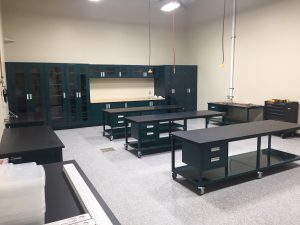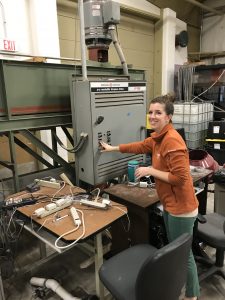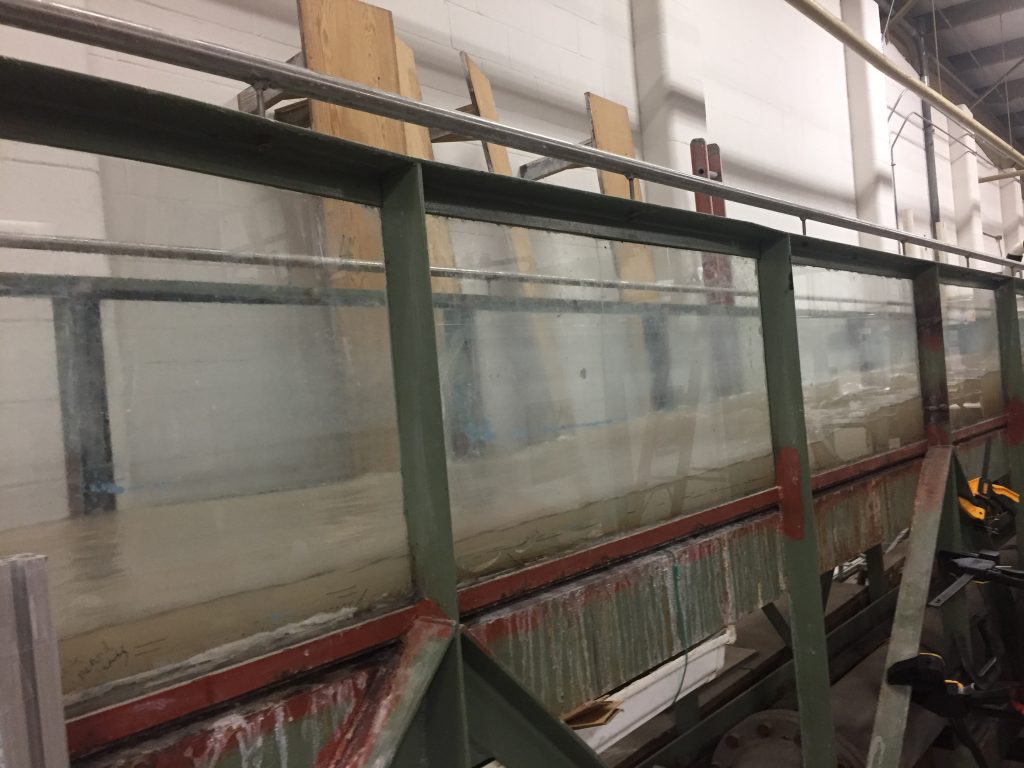With the end of the semester, we have some exciting news and a few farewells!
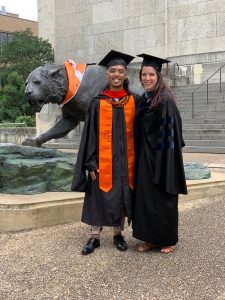 Many many congratulations to my very first Masters student, Junior Lagade, Jr., who submitted a lovely thesis and made my first year and a half as an assistant professor a true joy. Junior will be staying in Austin to work as an environmental engineer, and I am hoping to finally attend one of his hip-hop dance classes.
Many many congratulations to my very first Masters student, Junior Lagade, Jr., who submitted a lovely thesis and made my first year and a half as an assistant professor a true joy. Junior will be staying in Austin to work as an environmental engineer, and I am hoping to finally attend one of his hip-hop dance classes.
Huge congratulations also to Yongsik Kim for a fantastic Ph.D. defense and graduation! Yongsik did a dam-good project (ha..) on pressure flushing and I hope we can still rendezvous on future travels. Yongsik is working in South Korea and in charge of many dam projects throughout the country. We sadly didn’t get a graduation day photo.
It has been a productive and fun semester in the lab, playing with liquid nitrogen, getting sugar pretty much everywhere, using intense black lights, watching tadpoles come out of the flume pumps, all sorts of joys that I’ll eventually update on the Research page. We are making progress having more and more tanks in the lab and trying to plug the million leaks that go along with them. Stay tuned to #flumefriday posts on Twitter for the good stuff.
Thanks for an excellent semester to my 2018 and 2019 JETlabbers! (Yongsik we will photoshop you in from Korea one day!)
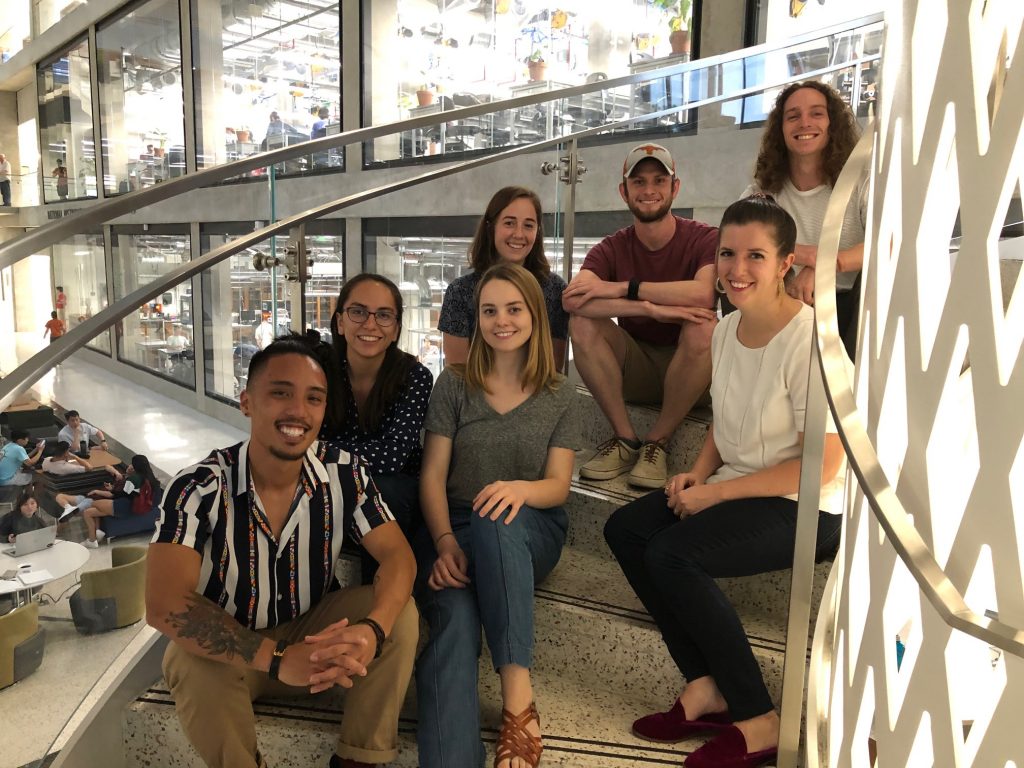
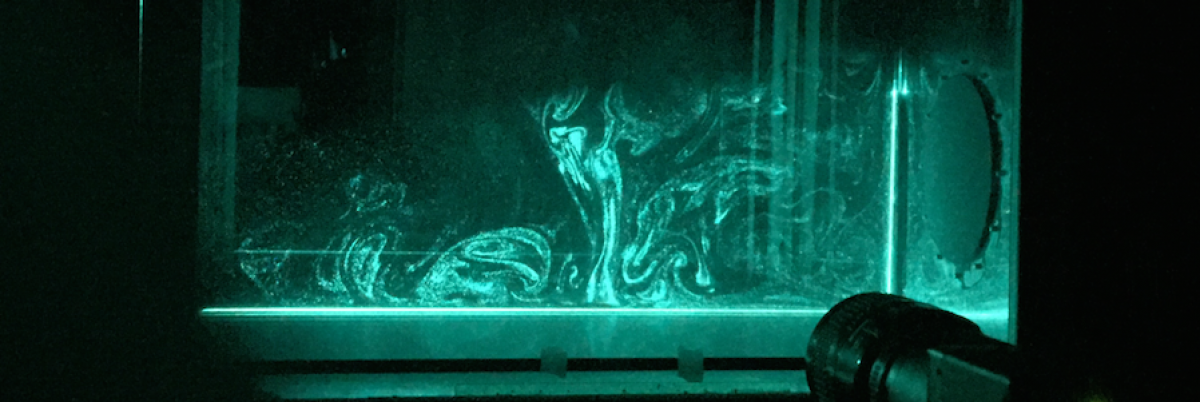

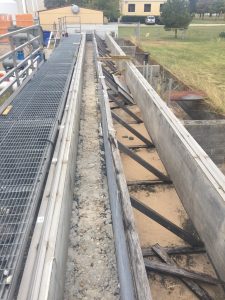

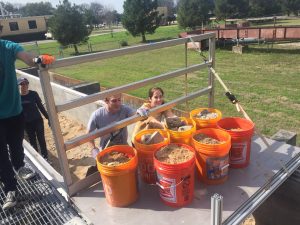
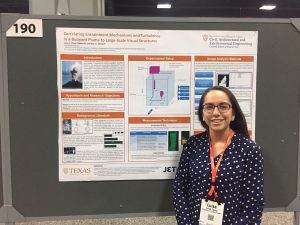
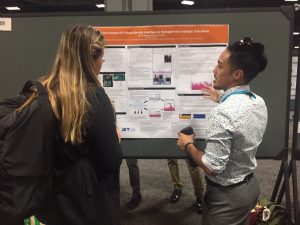
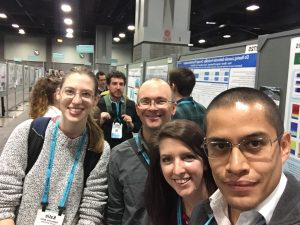 We also caught up with part of the Cowen EFMH crew from Cornell. We have two current Ithacans, Katie and Seth, as well as one of my favorite Illinois professors, Rafael. Always a joy to get part of the group back together!
We also caught up with part of the Cowen EFMH crew from Cornell. We have two current Ithacans, Katie and Seth, as well as one of my favorite Illinois professors, Rafael. Always a joy to get part of the group back together!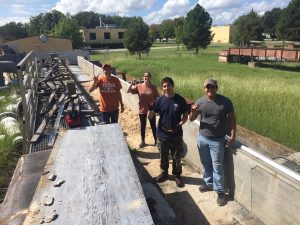 The outdoor flume (home of the TxDOT concrete median barrier project) is under renovations to remove old equipment and prepare it for our large scale tests. I have wonderful undergraduate students who have been doing some intense sledgehammering.
The outdoor flume (home of the TxDOT concrete median barrier project) is under renovations to remove old equipment and prepare it for our large scale tests. I have wonderful undergraduate students who have been doing some intense sledgehammering.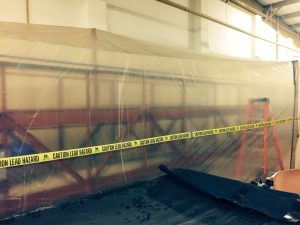 Our indoor flume from 1972 has seen a lot of work — lead paint is now dealt with and the cracked and damaged glass panels have been removed.
Our indoor flume from 1972 has seen a lot of work — lead paint is now dealt with and the cracked and damaged glass panels have been removed.  Windows have been cut through the steel base so we can shoot lasers up through the bottom, and … it has been painted green, because why not. It’s beautiful. In another week or wo the new acrylic liners should be installed so we can maybe get water back in — fingers crossed! It is remarkable.
Windows have been cut through the steel base so we can shoot lasers up through the bottom, and … it has been painted green, because why not. It’s beautiful. In another week or wo the new acrylic liners should be installed so we can maybe get water back in — fingers crossed! It is remarkable.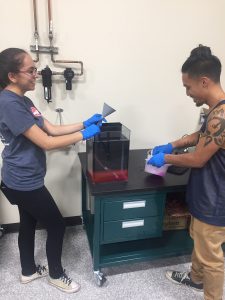 And finally, the actual “JET Lab” is built and already a mess, meaning – research is happening! Wires are being spliced, fishtanks are housing mini-experiments (while the big tanks are being manufactured), lasers and cameras and dyes and all sorts of goodies are arriving in the mail every day. It is a beautiful lab and I have had an incredible amount of support from Facilities, the Cockrell School, my department and center, and the contractors who have come in to make this a reality. And of course, my students, who are always willing to get their hands wet. I am beyond thrilled.
And finally, the actual “JET Lab” is built and already a mess, meaning – research is happening! Wires are being spliced, fishtanks are housing mini-experiments (while the big tanks are being manufactured), lasers and cameras and dyes and all sorts of goodies are arriving in the mail every day. It is a beautiful lab and I have had an incredible amount of support from Facilities, the Cockrell School, my department and center, and the contractors who have come in to make this a reality. And of course, my students, who are always willing to get their hands wet. I am beyond thrilled.